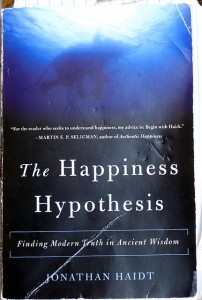That which is called conservatism today.
What remains of conservatism today? Andrew Sullivan, who characterizes himself as a classical conservative, takes an ax to what so often goes by the name of "conservatism" today. Below is an excerpt. You'll find Sullivan's thoughtful article over at the Daily Dish:
In contemporary America, the right is now in an almost parodic state of ideology. There isn't just a rigid set of beliefs, indifferent to any time or place (e.g. tax cuts are right in a boom and a recession, in surplus and debt); it is supported by a full-fledged organization or "movement"; this "movement" generates journals and magazines and blogs designed fundamentally to buttress the cause; and the most salient distinction discussed in these circles is between those who are for the cause and those against it (with particular scorn for any dissidents). There is, for good measure, always an enemies list, to maintain morale: the dreaded libruls! New leaders emerge because small groups of the ideological intelligentsia select them on the grounds of their conformance with the ideology - Palin and Jindal spring to mind. Or previously rational figures have to convert to full obedience to the tenets of the new faith if they are to become proper "conservatives" - McCain, Romney, two otherwise capable figures turned into hollow shells by the need to kowtow to fanatics. The final phase of this ghastly cycle is the Limbaugh-Coulter phase, in which nothing is left of the conservative cat, except a preening narcissism-as-entertainment grin.


